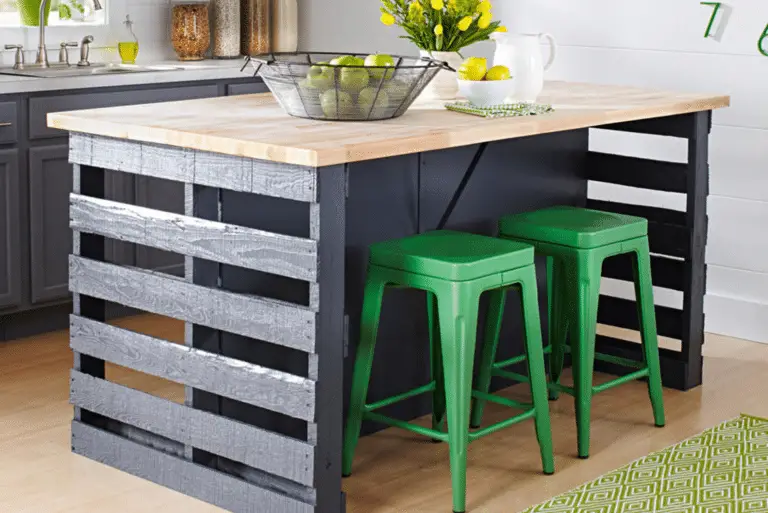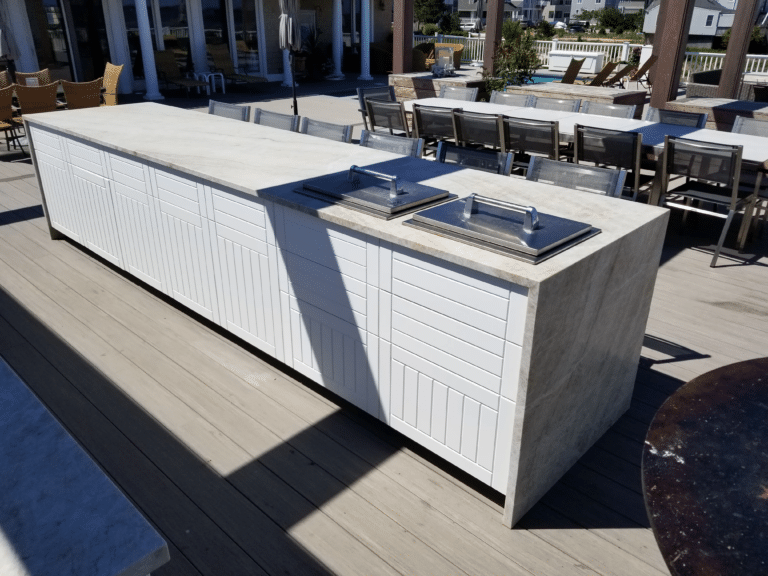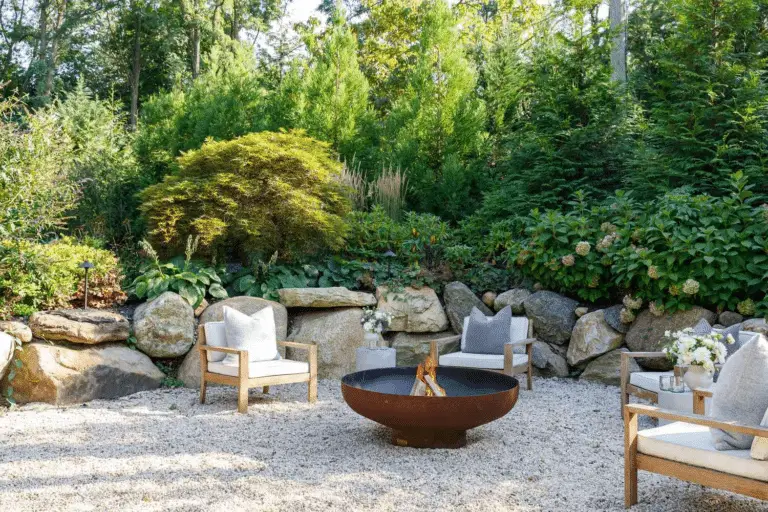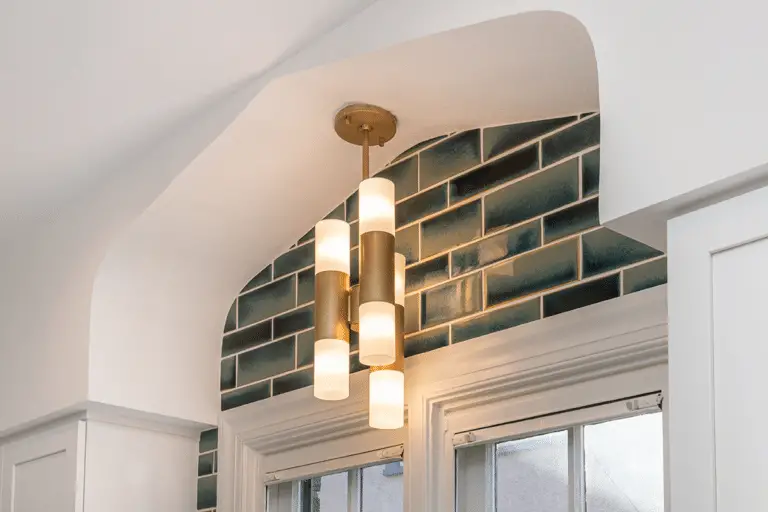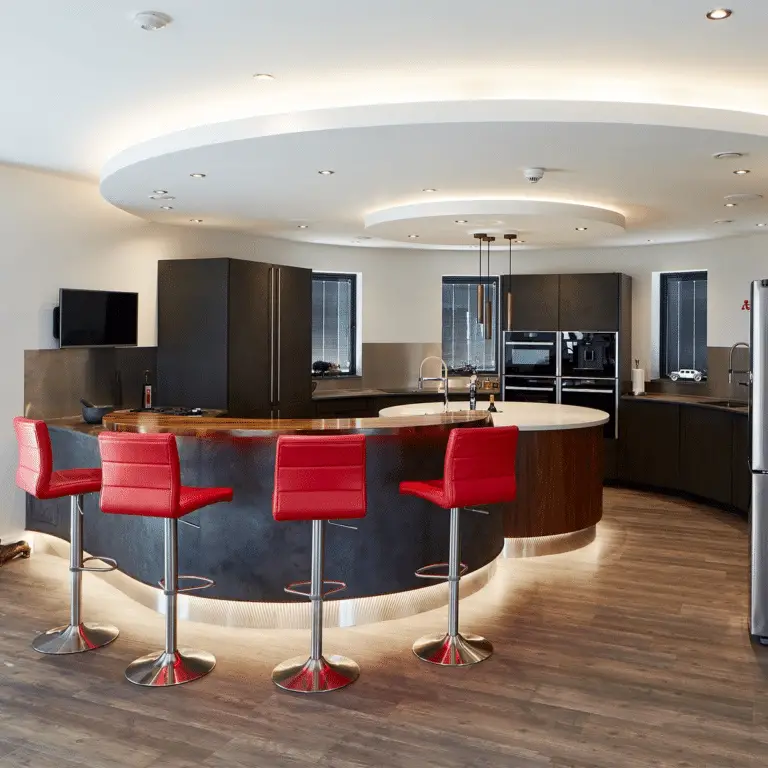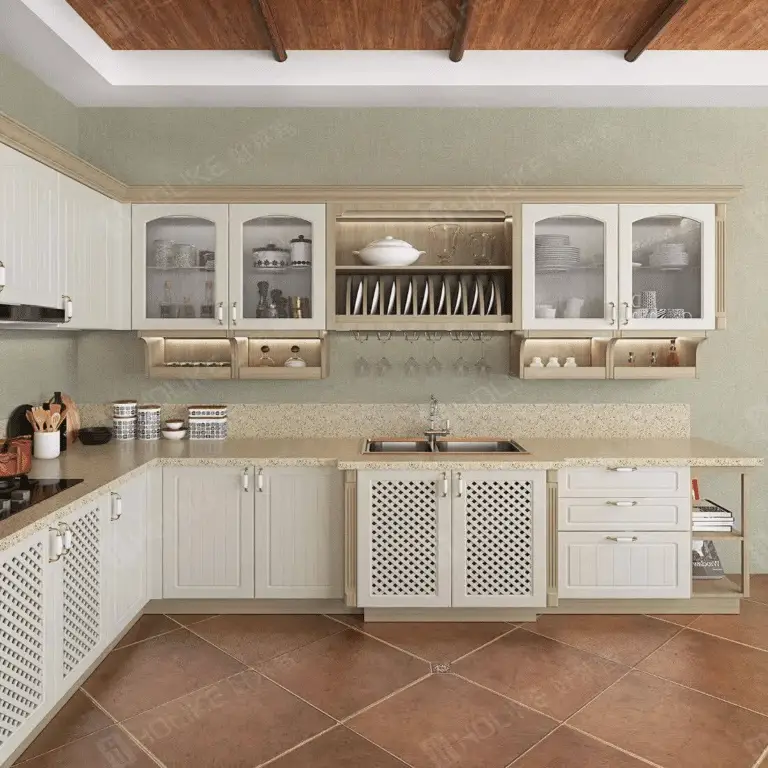Step back in time and immerse yourself in the charm of classic kitchen designs. From timeless appeal to practicality and quality materials, discover the key elements that make classic kitchens stand out. Ready to revamp your kitchen with a touch of nostalgia?
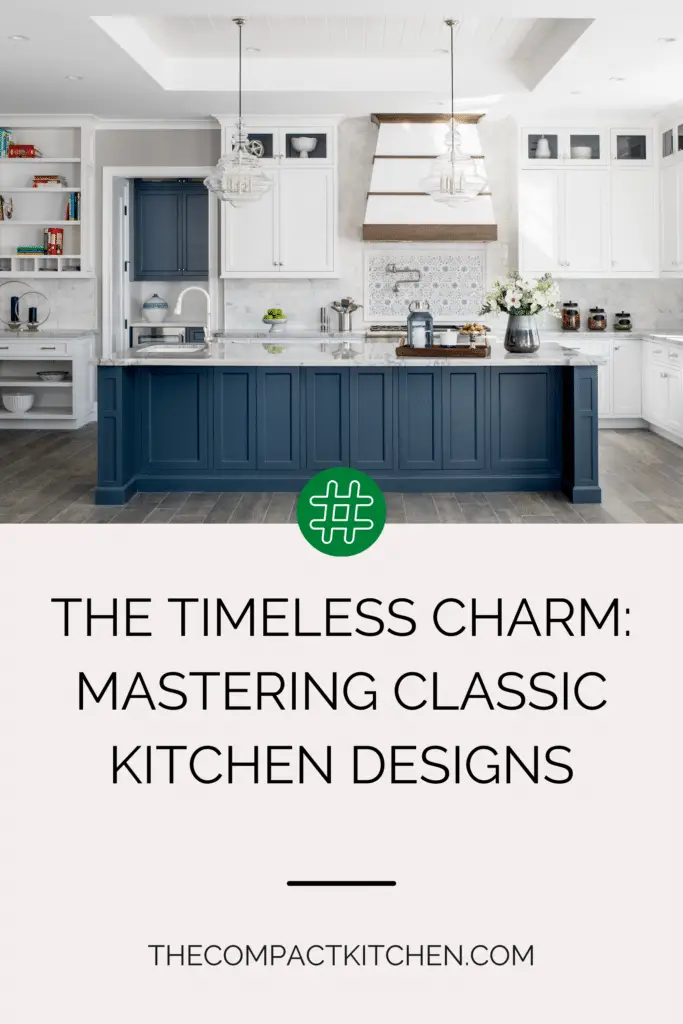
Understanding the Timeless Appeal of Classic Kitchens
Classic kitchens are characterized by their elegant and timeless design elements that harken back to a bygone era. Think of rich wood cabinetry, intricate moldings, and vintage-inspired fixtures that exude a sense of sophistication and grace. These design elements are often combined with a neutral color palette to create a warm and inviting atmosphere that feels cozy and welcoming.

One of the key reasons why classic kitchens continue to be popular is their versatility and adaptability. Whether you’re going for a traditional kitchen look with a farmhouse feel or a more vintage-inspired aesthetic with retro appliances and accessories, classic kitchen designs can be tailored to suit your personal style and preferences.
Key Elements that Define a Classic Kitchen Design
There are several key elements that define a classic kitchen design and set it apart from modern or contemporary styles. Classic kitchens often feature:
– Timeless color palettes: Neutral tones such as whites, creams, and soft grays are popular choices for classic kitchens, creating a sense of timeless elegance.
– Quality craftsmanship: Classic kitchens are all about attention to detail and craftsmanship, with custom cabinetry, intricate moldings, and decorative hardware adding a touch of sophistication.
– Vintage-inspired fixtures: From traditional faucets and sinks to vintage light fixtures and hardware, classic kitchens often feature timeless fixtures that add character and charm.
– Natural materials: Wood is a staple in classic kitchen designs, with hardwood floors, butcher block countertops, and wood cabinetry adding warmth and texture to the space.

By incorporating these key elements into your kitchen design, you can create a classic kitchen that exudes timeless charm and elegance. Whether you’re looking to create a traditional kitchen with a historic feel or a retro-inspired space with a vintage touch, classic kitchen designs offer endless possibilities for creating a space that is both stylish and functional.
Function in the Flair: The Practicality of Kitchen Classics
Classic kitchen designs have an undeniable charm that brings a sense of warmth and nostalgia to any home. But beyond their aesthetic appeal, classic kitchens are also known for their practicality and functionality. In this section, we will explore how classic kitchens seamlessly blend style with usability, and offer tips on how to maintain practicality when designing a classic kitchen.
Blending Functionality and Aesthetics
One of the key highlights of classic kitchen designs is their ability to balance functionality with aesthetics. While these kitchens exude a timeless charm with their vintage elements and traditional features, they are also designed to be highly practical spaces for cooking, meal preparation, and storage.

For example, classic kitchen layouts often prioritize efficiency by ensuring that essential tools and utensils are easily accessible. Classic cabinets and storage solutions are not just visually appealing but also provide ample space for organizing kitchen essentials. Additionally, classic countertops are not only durable and easy to clean but also contribute to the overall aesthetic of the kitchen.
When designing a classic kitchen, it’s essential to consider both the visual appeal and the functionality of each design element. Opt for classic design elements that not only enhance the overall look of the kitchen but also make everyday tasks easier and more efficient.
Tips for Retaining Practicality in Classic Kitchen Designs
To maintain the practicality of a classic kitchen while embracing its timeless charm, there are a few key tips to keep in mind:
1. **Efficient Layout** – Focus on creating a layout that maximizes space and efficiency. Ensure that work areas are well-organized and accessible, and that there is ample storage for kitchen essentials.
2. **Durable Materials** – Choose high-quality, durable materials for countertops, cabinets, and flooring. Classic kitchens are meant to stand the test of time, so opt for materials that are both visually appealing and long-lasting.
3. **Functional Fixtures** – Select fixtures and appliances that not only complement the classic design but also offer modern convenience and efficiency. Consider energy-efficient appliances and innovative storage solutions to make the kitchen more functional.
By following these tips and prioritizing practicality alongside aesthetics, you can create a classic kitchen that not only looks stunning but also functions seamlessly in your daily life. Classic kitchens are the perfect blend of style and usability, making them an ideal choice for homeowners looking to infuse their space with timeless charm.
Material Matters: The Role of Quality Materials in Classic Kitchens
Classic kitchens are revered for their timeless appeal and traditional charm. However, a significant aspect that often gets overlooked in achieving this aesthetic is the choice of materials. The materials used in a kitchen can make or break the overall look and feel, as well as impact the durability and maintenance of the space. Let’s delve into the importance of quality materials in classic kitchen design.
The Ideal Materials for a Classic Kitchen Look
When aiming for a classic kitchen design, it’s essential to opt for materials that exude a sense of elegance and sophistication. Some key materials that are synonymous with classic kitchens include natural stone, such as marble or granite, for countertops and backsplashes. These materials not only add a luxurious touch but also stand the test of time due to their durability.

Wood is another classic material that can be incorporated into various elements of the kitchen, from cabinetry to flooring. Opting for solid wood cabinets with intricate detailing or a distressed finish can instantly elevate the traditional look of the space. Additionally, hardwood flooring adds warmth and character to a classic kitchen, enhancing its overall charm.

Metal accents, such as brass or copper fixtures and hardware, are also popular choices for classic kitchens. These materials add a touch of vintage elegance and can serve as focal points in the kitchen. When selecting appliances, opting for stainless steel or retro-inspired designs can complement the classic aesthetic while providing modern functionality.
Impacts on Longevity and Maintenance
The choice of materials in a classic kitchen design goes beyond aesthetics; it also plays a crucial role in the longevity and maintenance of the space. Quality materials are not only visually appealing but also durable and resistant to wear and tear. Investing in high-quality materials upfront can save you time and money on repairs and replacements in the long run.

For example, choosing solid wood cabinetry over cheaper alternatives ensures that your kitchen cabinets will withstand daily use and maintain their beauty for years to come. Similarly, selecting durable countertops like quartz or butcher block can prevent staining and scratching, allowing your kitchen to maintain its pristine appearance.
In terms of maintenance, quality materials are often easier to clean and maintain, requiring minimal upkeep to retain their beauty. Regular cleaning and proper care can ensure that your classic kitchen remains in top condition, allowing you to enjoy its timeless appeal for generations to come.
From Concept to Completion: Implementing Classic Design in Your Kitchen
Classic kitchen designs have a timeless appeal that can bring a sense of elegance and warmth to any home. If you’re looking to revamp your kitchen with classic elements, it’s essential to understand the steps involved in implementing this design style effectively. From selecting the right materials to adding finishing touches, here are some key steps to consider when transforming your kitchen into a classic masterpiece.
1. Start with a Solid Plan
Before diving into your kitchen renovation project, it’s crucial to have a clear idea of the classic design elements you want to incorporate. Consider features such as traditional cabinetry, vintage hardware, and timeless color schemes to bring an air of sophistication to your space. Creating a mood board or gathering inspiration from classic kitchen designs can help you visualize the final look and ensure cohesiveness in your design concept.
2. Choose Classic Materials
Selecting the right materials is essential when aiming for a classic kitchen aesthetic. Opt for timeless options such as hardwood flooring, marble countertops, and ceramic tile backsplashes to create a durable and elegant backdrop for your design. Classic materials not only add authenticity to your kitchen but also contribute to its longevity and ease of maintenance, making them a worthwhile investment in the long run.
3. Focus on Functional Layout
While aesthetics are a significant component of classic kitchen design, functionality should not be overlooked. Ensure that your kitchen layout is practical and efficient, with a seamless flow between cooking, prepping, and dining areas. Incorporate modern conveniences, such as a central island or smart storage solutions, to enhance the functionality of your classic kitchen without compromising its traditional charm.
4. Add Vintage Accents
To truly capture the essence of a classic kitchen, consider adding vintage accents and decor pieces that reflect the era you’re emulating. Antique lighting fixtures, retro appliances, and classic artwork can all contribute to the overall ambiance of your space. These finishing touches can help tie the design together and create a cohesive look that celebrates the timeless appeal of classic kitchen aesthetics.
5. Budget-Friendly Tips
Creating a classic kitchen doesn’t have to break the bank. There are plenty of cost-effective ways to incorporate classic design elements into your space. Consider refinishing existing cabinetry, repurposing vintage finds, or opting for high-quality replicas of classic fixtures to achieve the desired look within your budget. With a bit of creativity and strategic planning, you can achieve a classic kitchen design that is both stylish and affordable.
By following these steps and incorporating classic design elements into your kitchen renovation, you can create a space that exudes timeless charm and elegance. From selecting the right materials to adding vintage accents, every detail you include plays a vital role in bringing your classic kitchen vision to life. Embrace the nostalgia and sophistication of classic kitchen design, and transform your space into a true culinary masterpiece.
Case Study: Real-Life Inspirations of Kitchen Classics
When it comes to designing a classic kitchen, drawing inspiration from real-life examples can be incredibly beneficial. By analyzing successful case studies, you can glean insights into the design elements that work well together and how to replicate them in your own space. Let’s take a closer look at some inspiring classic kitchens that showcase timeless beauty and functionality.
Case Study 1: Vintage Charm

One standout example of a classic kitchen is a charming vintage-inspired space that seamlessly blends old-world aesthetics with modern conveniences. This kitchen features traditional cabinetry with ornate detailing, along with vintage hardware and fixtures that add character. The color palette is warm and inviting, with cream tones and rich wood accents creating a cozy atmosphere.
Key Takeaways:
- Embrace traditional cabinetry with intricate detailing and vintage-inspired hardware for a classic look.
- Use a warm color palette to create a welcoming and cozy environment in your kitchen.
Case Study 2: Timeless Elegance

Another inspiring classic kitchen design exudes timeless elegance through its use of high-quality materials and refined finishes. This kitchen features sleek marble countertops, custom cabinetry with glass inserts, and a statement chandelier that adds a touch of sophistication. The layout is functional and well-organized, allowing for easy workflow and efficient meal preparation.
Key Takeaways:
- Invest in high-quality materials like marble and custom cabinetry for a luxurious and enduring look.
- Incorporate statement lighting fixtures, such as a chandelier, to elevate the overall aesthetic of your classic kitchen.
Emulating Design Elements
When looking to replicate the design elements from these case studies in your own kitchen, consider the following tips:
- Focus on craftsmanship and attention to detail to achieve a polished and sophisticated look.
- Select timeless finishes and accents that will stand the test of time and complement your overall design theme.
- Prioritize functionality by optimizing layout and storage options to enhance the efficiency of your kitchen space.
By drawing inspiration from successful real-life examples of classic kitchens, you can create a space that not only exudes timeless elegance but also offers practicality and functionality for your everyday cooking and dining needs.
Wrap-Up: Embracing Timeless Charm in Your Kitchen
As we bid adieu to our exploration of classic kitchen designs, remember, it’s not just about creating a space that looks good—it’s about crafting a kitchen that feels like home. By blending practicality with elegance and selecting quality materials, you can achieve a kitchen that stands the test of time.
So, whether you’re delving into nostalgia or seeking inspiration from real-life examples, let your kitchen classics speak volumes about your style and personality. Dare to be timeless!



